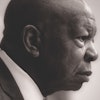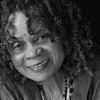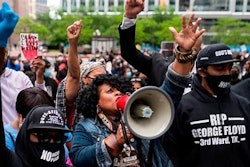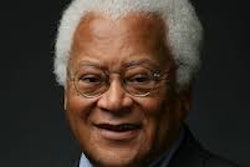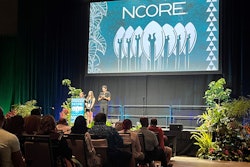When Brown University released its landmark 2006 report documenting the institution’s historical involvement in slavery, many of its recommendations were one-time fixes: revising the university’s official history, creating memorials, and the like. Some, however, required longer-term engagement, such as the creation of the Center for the Study of Slavery and Justice (CSSJ), a research hub focusing on the history of slavery and its contemporary impacts.
For Dr. Ruth J. Simmons, the former president of Brown who commissioned the report, these sorts of projects are particularly significant.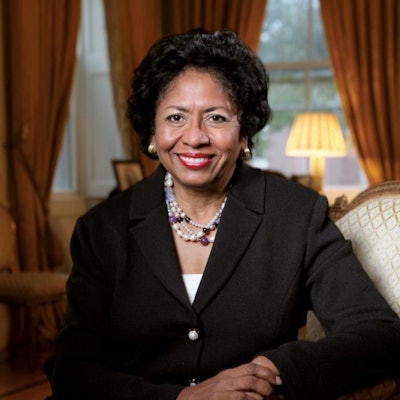 Dr. Ruth J. Simmons is former president of Brown University.
Dr. Ruth J. Simmons is former president of Brown University.
“If you want to take this history seriously, one of the most important things to do is to acknowledge it in an ongoing way,” Simmons said at the time. “We ought to say to ourselves, what can we do to incorporate it into what we do as a university?”
CSSJ has succeeded beyond expectations, becoming an international leader in the way that slavery and its legacies are taught and understood. Newly re-named for Simmons, it recently celebrated its 10th anniversary and a $10 million endowment.
“It’s been really gratifying to see the center grow from an idea in a few lines of a report to something that is having an impact in ways that we couldn’t have imagined,” said Dr. Christina H. Paxson, president of Brown.
Part of what has distinguished the center is a refusal to limit its work to the history of slavery in the United States.
“The issue of racial slavery was not just an American affair,” said Dr. Anthony Bogues, Asa Messer professor of humanities and critical theory and director of the CSSJ. “We have never told that story as a global story, as a story that made the world that we live in. We thought it was important in the 21st century to begin to connect those dots.”
One of the Center’s major undertakings to this end has been the Global Curatorial Project, a network of scholars and curators from museums around the world focused on showing the worldwide interconnectedness of the slave trade and its afterlives. The project is working on an exhibition tentatively titled In Slavery’s Wake— Slavery, Freedom, and the Making of Our World that is scheduled to debut at the Smithsonian’s National Museum of African American History & Culture in December 2024 before traveling the world.
The center also maintains a strong focus on public engagement — making sure that people in the local community and wider world are getting to interact with its work. CSSJ sponsors arts initiatives that are open to the public, walking tours about the history of slavery at Brown and in Rhode Island, and a civil rights-themed after-school program for students at public high schools in Providence. It also provided research for a forthcoming four-part documentary series about the transatlantic slave trade that will air on PBS.
“For us, the question of racial slavery could not just be an academic affair,” said Bogues. “How could you have a center that would just be confined to a group of scholars talking to a group of scholars? We had to find ways in which we could engage the public.”
The most complete model
The center has served as an example for other universities seeking to reckon with their relationships to slavery. Over the past decade, schools including Harvard, Georgetown, and the University of Pennsylvania have investigated their own entanglements with slavery and had to decide how to respond to the findings.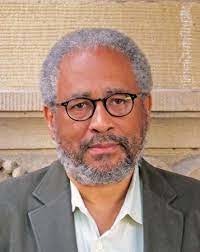 Dr. Anthony Bogues is director of the Center for the Study of Slavery and Justice at Brown University.
Dr. Anthony Bogues is director of the Center for the Study of Slavery and Justice at Brown University.
“The work at Brown stands as the gold standard of how you do this. It’s the most complete model at any university of how to actually commit resources to a present-day justice mission,” said Dr. Kirt von Daacke, assistant dean and professor at the University of Virginia, and the managing director of Universities Studying Slavery, which has a membership of over 100 schools in six countries.
“You’re seeing schools now going, ‘We’ve done the research, we’ve done the acknowledgment , we’ve done some basic atonement, but how do we institutionalize this and turn it into something that lives beyond the walls of the university?” said von Daacke. “Everyone looks at what Anthony Bogues and CSSJ have been doing.”
As the CSSJ enters its second decade, its work has become more relevant than ever.
“Given the times we’re in now, when there’s something of a backlash against teaching about the history of slavery in America, it couldn’t be more important,” Paxson said.
In addition to after-school and summer programs for teenagers, the Center has worked to create K-12 curricula about slavery. CSSJ is also studying present-day human trafficking, as well as modern legacies of slavery, such as the mass imprisonment of Black men.
“We’ve been grappling with how we think about policing, how we think about incarceration, how we think about systemic racism,” Paxson said. “These are things that the Center is in the middle of and very prepared to address.”
Although the center that now bears her name is having a worldwide impact, Simmons is most pleased that the CSSJ has shown that tackling tough questions is not only possible, but a fundamental part of the mission of higher education.
“When we took this on, it was criticized heavily, because it was thought to be something that one couldn’t touch without creating immense division,” she said. “[The CSSJ] showed that we can confront difficult issues, histories, and questions in an entirely appropriate way. I think I’m proudest of that.”
Jon Edelman can be reached at [email protected].

